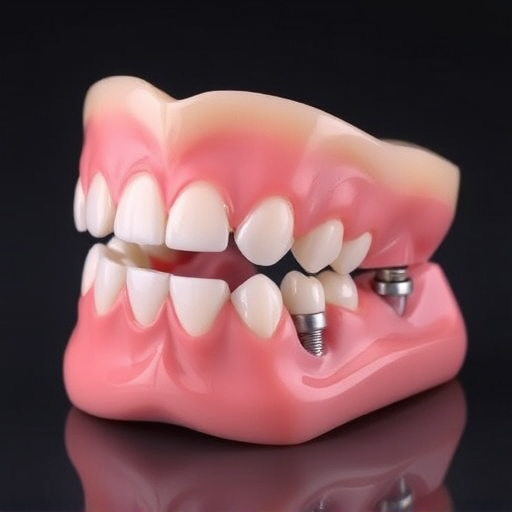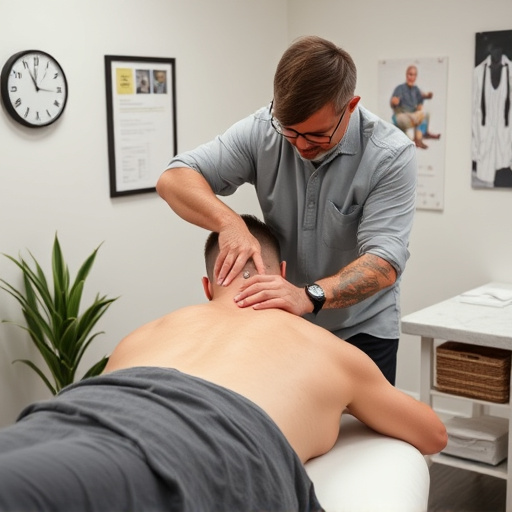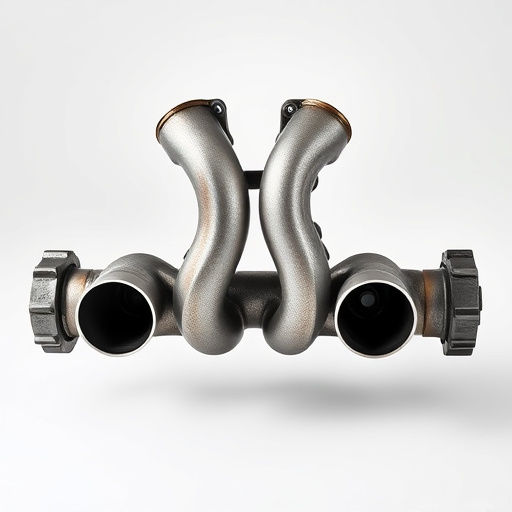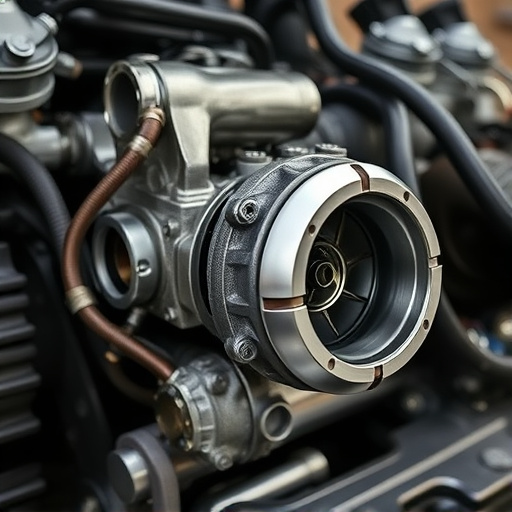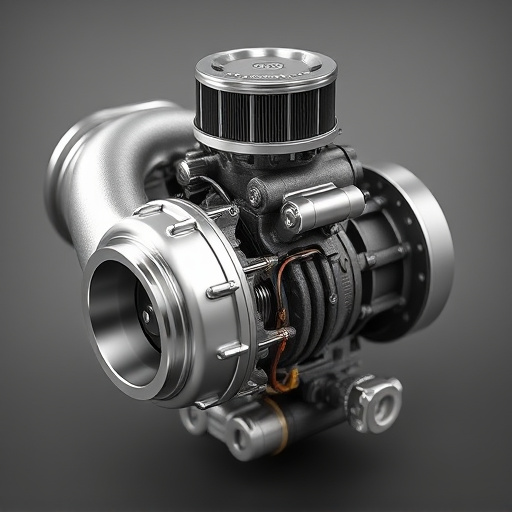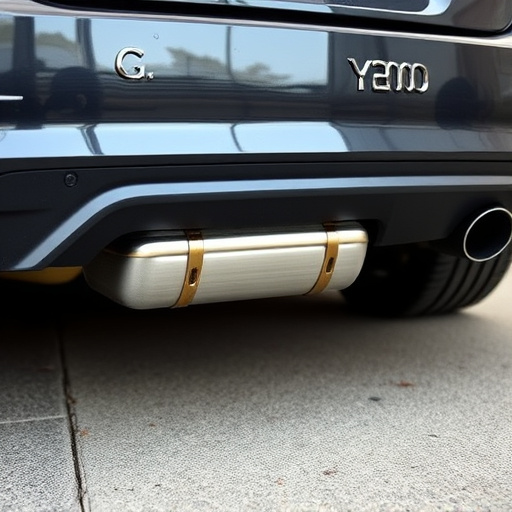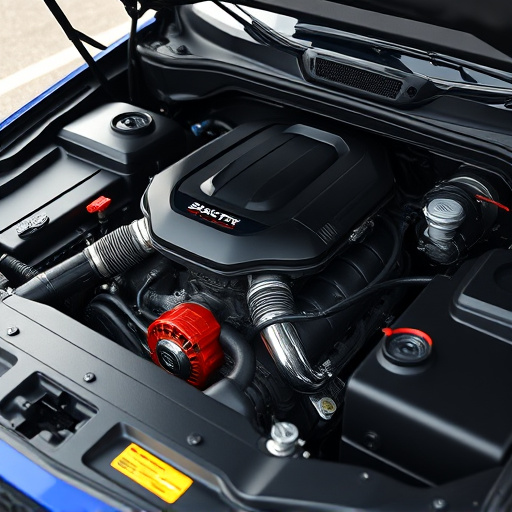Coilover suspension kits are a go-to for car enthusiasts aiming to boost vehicle control and comfort, offering adjustable ride height, improved cornering, and reduced body roll. Installation requires wheel alignment for optimal handling, stability, and tire wear. Follow safety guidelines when jacking up your vehicle and get professional help for precise camber, caster, and toe angle adjustments after fitting the coilovers.
After installing a coilover suspension kit, proper alignment is crucial for optimal vehicle performance. These kits offer precision control over ride height, but without correct adjustment, your car’s handling and safety can be compromised. This article delves into the post-installation process, explaining the impact of fitting a coilover kit and providing best practices for realigning your vehicle to ensure maximum benefits from this upgrade. From understanding crucial parameters to following precise steps, learn how to optimize your ride with your new coilover suspension kit.
- Understanding Coilover Suspension Kits: A Comprehensive Overview
- The Impact of Installation: What Happens After Fitting Your Kit
- Realigning for Optimal Performance: Steps and Best Practices
Understanding Coilover Suspension Kits: A Comprehensive Overview
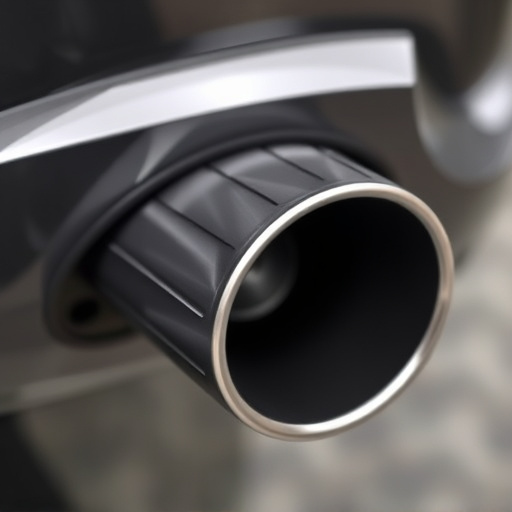
Coilover suspension kits are a popular choice among automotive enthusiasts seeking to enhance their vehicle’s handling and ride quality. These kits replace the traditional spring and shock assembly with a single, adjustable unit known as a coilover. Each coilover comprises a compression spring housed within a steel or aluminum cylinder, topped with a dampening valve that controls the suspension’s movement. This innovative design offers several advantages over conventional suspensions.
These kits provide better control over ride height, allowing for precise adjustments to match various driving conditions and personal preferences. They also contribute to improved cornering capabilities and reduced body roll, enhancing overall vehicle stability. Moreover, coilovers can be tuned for different performance levels, from daily drivers seeking a more comfortable ride to track-focused vehicles requiring maximum agility. With their ability to enhance both comfort and handling, coilover suspension kits have become a go-to upgrade for those looking to customise their cars’ dynamics, often paired with other high-performance parts like cold air intakes and performance air filters to unlock the full potential of their vehicles.
The Impact of Installation: What Happens After Fitting Your Kit
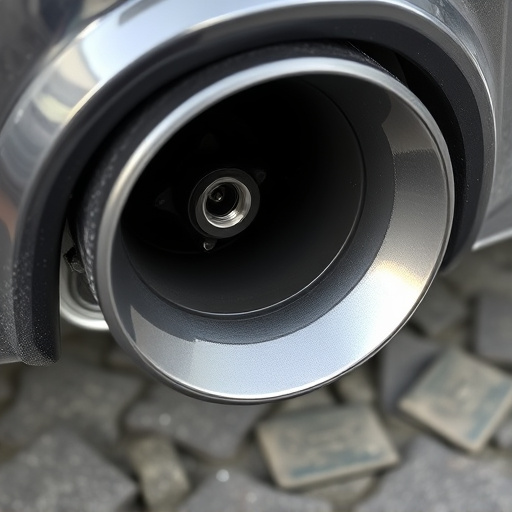
After installing a coilover suspension kit, it’s crucial to understand that the process isn’t merely about fitting new components; it sets in motion a series of changes within your vehicle’s dynamics. The immediate impact is felt in the ride quality, as the coilovers allow for precise control over wheel movement, resulting in a smoother and more responsive ride. However, this intricate adjustment also requires a subsequent alignment to ensure optimal performance.
The reason for this step lies in the fact that coilover kits directly influence the vehicle’s handling and stability. With these kits, you’re essentially fine-tuning the suspension to achieve better cornering, reduced body roll, and enhanced overall control. Given the adjustments made, aligning the wheels and tires post-installation is essential to maintain proper tire wear patterns and ensure your car handles straight and true, complementing the capabilities of your new coilover suspension kit while also enhancing safety on the road.
Realigning for Optimal Performance: Steps and Best Practices
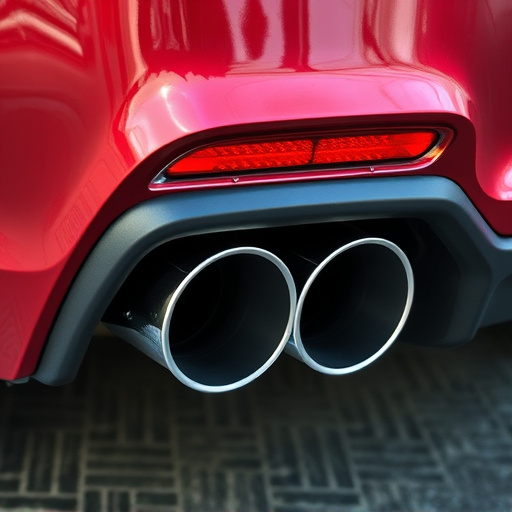
Realigning your vehicle after installing a coilover suspension kit is crucial for achieving optimal performance and handling. Here’s how to ensure precise adjustments:
1. Start with a Clean Canvas: Before realigning, ensure your wheels are properly seated and all brake rotors are clean and free of debris. Check tire pressure and replace any worn or damaged components.
2. Use a Professional Alignment Tool: Invest in a quality alignment gauge or seek professional help from a trusted mechanic. These tools provide accurate measurements to adjust camber, caster, and toe angles—essential elements for straight-line stability, turn-in precision, and overall vehicle balance.
3. Follow Manufacturer Guidelines: Refer to the instructions provided by the coilover kit manufacturer. Some kits may have specific alignment settings optimized for their design, ensuring maximum performance potential.
4. Focus on Safety: Always prioritize safety during alignment. Ensure your vehicle is securely jacked and supported before making any adjustments. Never compromise stability to achieve aggressive settings.
After installing a coilover suspension kit, proper realignment is crucial for achieving optimal vehicle performance. These kits significantly alter driving dynamics, making it essential to follow best practices during and after installation. By correctly adjusting wheel alignment, you ensure enhanced handling, improved cornering capabilities, and a smoother ride. Remember, the key to unlocking your vehicle’s full potential with a coilover kit lies in both expert installation and meticulous post-installation realignment.


